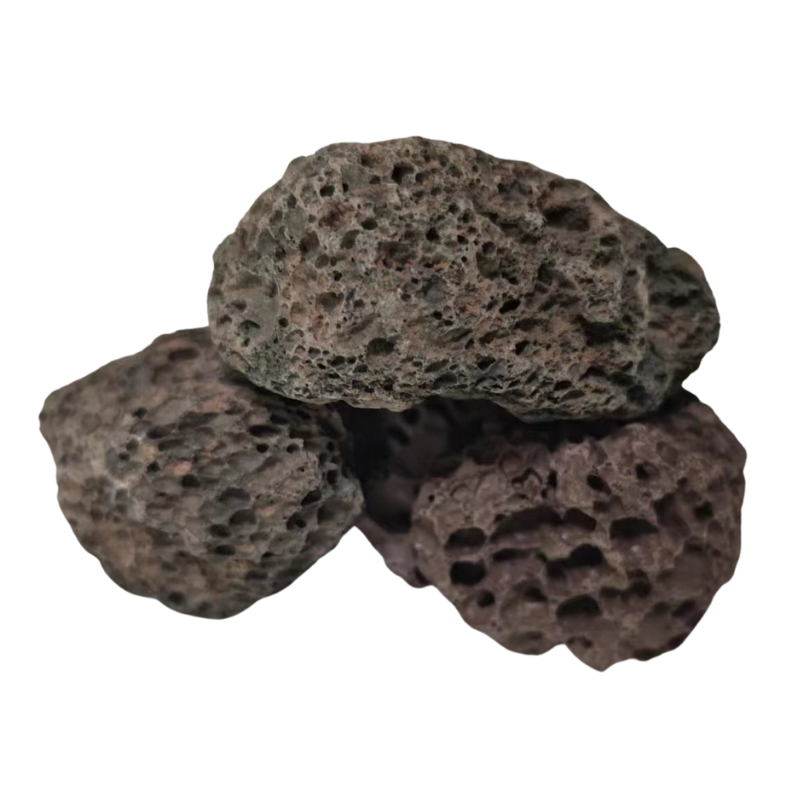
Exploring the Properties and Applications of Calcium Hydroxide in Modern Industries and Environmental Solutions
Calcium Hydroxide Properties, Uses, and Applications
Calcium hydroxide, commonly referred to as slaked lime, is a colorless, odorless, and white solid with the chemical formula Ca(OH)₂. It is an inorganic compound formed when calcium oxide (quicklime) reacts with water in an exothermic reaction. This compound is not only significant in the field of chemistry but also has extensive applications across various industries, making it a crucial element in both industrial and environmental processes.
One of the most distinct properties of calcium hydroxide is its solubility in water. While it only partially dissolves, this solubility results in a solution known as limewater. This solution is often used as a pH indicator and is known for its basic characteristics, with a pH value typically around 12.5. The basicity of calcium hydroxide makes it a valuable agent for neutralizing acidic environments, which is vital in numerous applications.
In construction, calcium hydroxide plays a pivotal role, especially in the preparation of mortar and plaster. It is often combined with sand and water to create a durable building material known as lime mortar, which provides excellent workability while allowing for breathability in structures. This is particularly beneficial in historic preservation projects, where maintaining the integrity of older buildings is essential. The use of calcium hydroxide in construction also promotes sustainability, as lime-based products can absorb CO2 over time, contributing to lower carbon footprints.
In agriculture, calcium hydroxide serves several functions. It is commonly applied to improve soil quality by adjusting soil pH levels, enhancing nutrient availability, and promoting overall crop health. This process, known as liming, is critical for managing soil acidity, which can adversely affect plant growth. Moreover, it promotes better microbial activity in the soil, leading to richer agricultural yields.
calcium hydroxide

The food and beverage industry also employs calcium hydroxide, particularly in the processing of various food products. It is used in the production of pickles and is known colloquially as food-grade lime. Its capacity to maintain crispness in vegetables makes it an ideal choice for the pickling process. Furthermore, calcium hydroxide is utilized in the treatment of potable water, where it acts as a coagulant, aiding in the removal of impurities and ensuring clean drinking water.
Moreover, calcium hydroxide has gained recognition in the field of environmental science. It is used in wastewater treatment facilities to neutralize acidic effluents and precipitate heavy metals, thus playing a crucial role in pollution control. Its alkaline nature assists in the stabilization of pH levels, leading to improved water quality before the treated water is released back into the environment.
In the realm of medicine, calcium hydroxide has found applications as an antiseptic and a disinfectant in various dental treatments. It is often used as a lining material in root canal therapy due to its antibacterial properties and ability to promote healing.
In conclusion, calcium hydroxide is a versatile compound with a wide array of applications across different fields. From construction and agriculture to food production and environmental management, its importance cannot be overstated. As industries continue to evolve, the role of calcium hydroxide in sustainable practices and innovations will likely expand, reinforcing its status as a valuable resource in both industrial and environmental contexts. Understanding its properties and applications can further enhance its utilization and promote practices that benefit both economy and ecology.
Share
-
Premium Talcum Powder Enhanced with GPT-4 Turbo | Soft & Long-LastingNewsAug.02,2025
-
Fly Ash Solutions Enhanced by GPT-4 Turbo | Sustainable InnovationNewsAug.01,2025
-
Natural Premium Bentonite Cat Litter - Superior ClumpingNewsJul.31,2025
-
Premium Resin Coated Sand - High Heat Resistance CastingNewsJul.31,2025
-
High Quality Silicon Carbide Grit for Abrasive ApplicationsNewsJul.30,2025
-
High-Quality Ceramsite for Plants & Gardening | Lightweight PebblesNewsJul.29,2025






